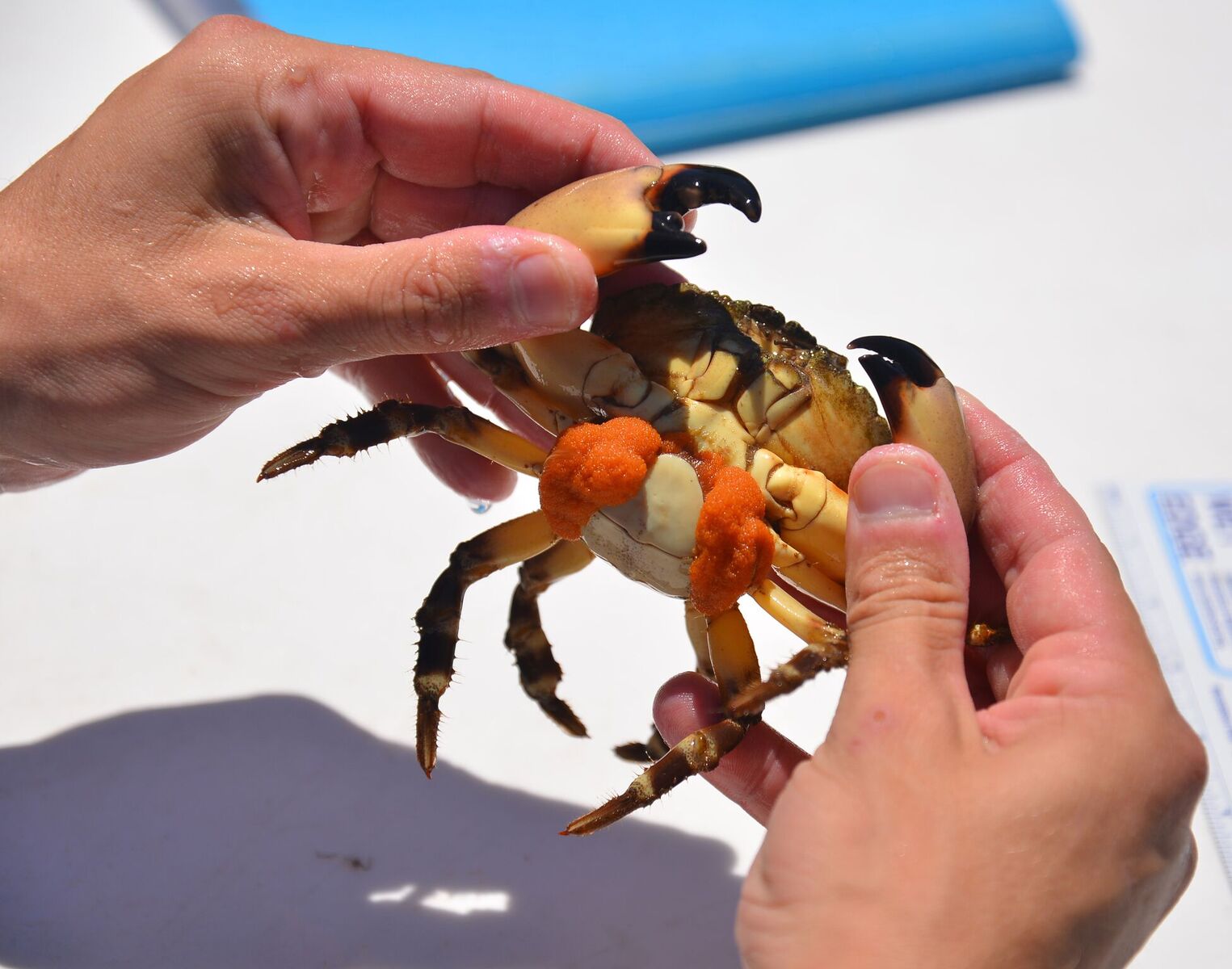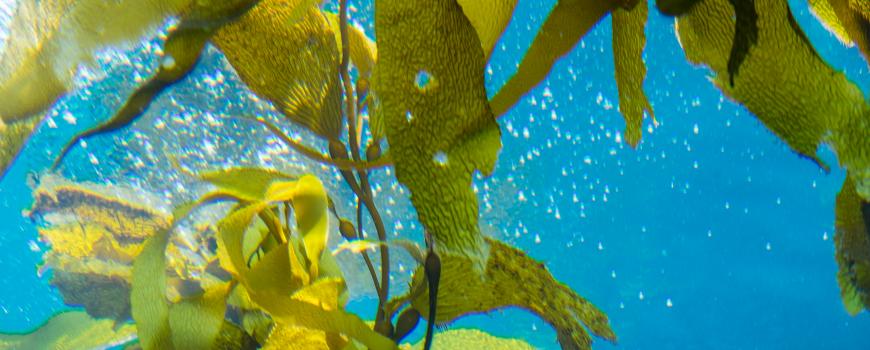
NEW online community catalyzing response to #oceanacidification through collaboration and information sharing
A virtual space to:
Engage with regional and topical teams
Address challenges with others in your field
Share resources and information on ocean acidification
Facilitate interdisciplinary collaboration
Follow the latest conferences, workshop, and webinars






